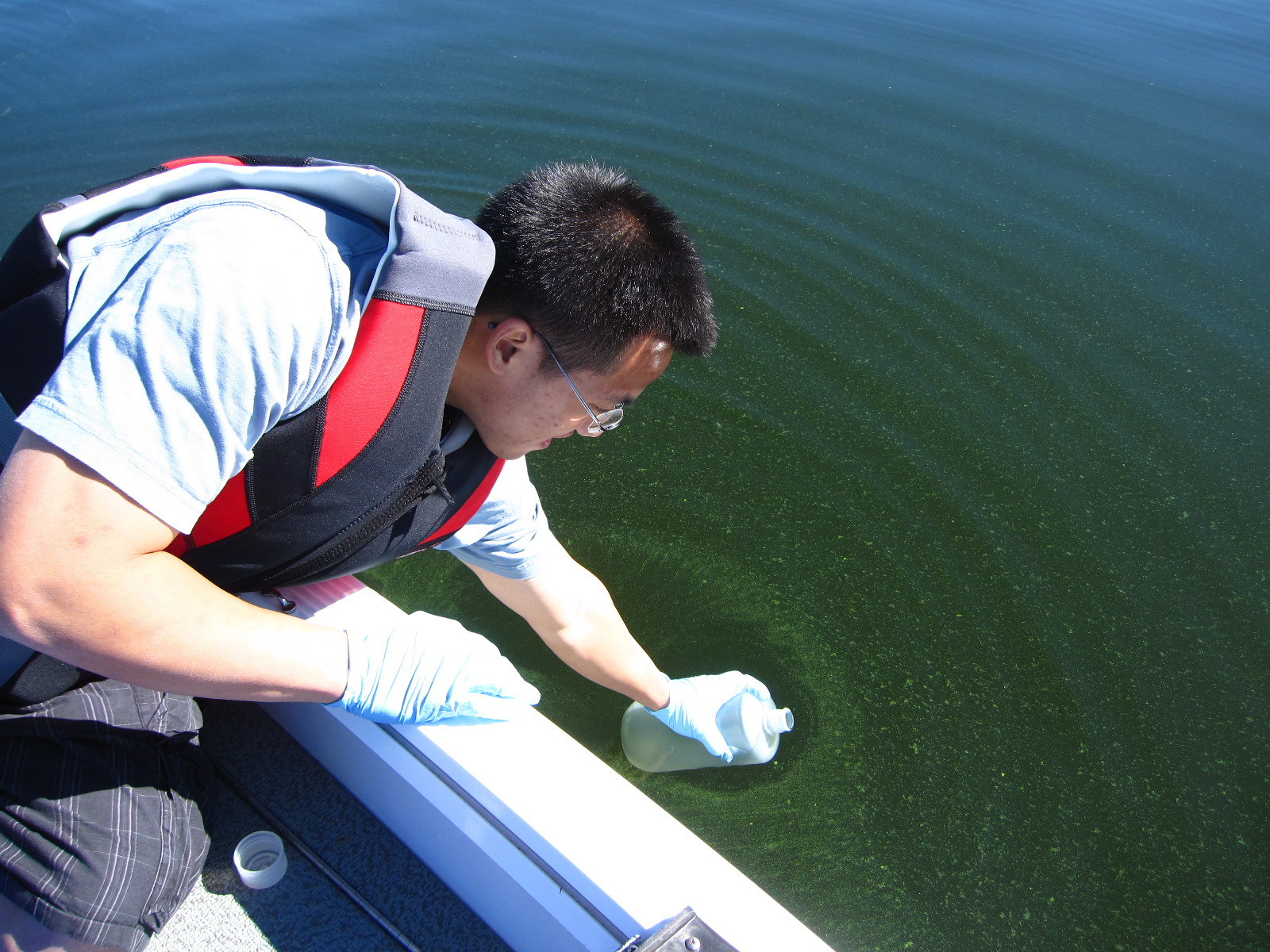
GIWS researchers explore health of Lake Diefenbaker
GIWS released findings in November 2015 on the health of Lake Diefenbaker that identify water flowing in from the South Saskatchewan River as the principal factor affecting the lake’s water quality.
U of S media release November 10, 2015
For journal access, click here.
SASKATOON – The University of Saskatchewan (U of S) Global Institute for Water Security (GIWS) released findings today on the health of Lake Diefenbaker that identify water flowing in from the South Saskatchewan River as the principal factor affecting the lake’s water quality.
The institute contributed to a special issue of the Journal of Great Lakes Research that showed what happens upstream has the most impact on the reservoir’s water quality. Of the 15 articles in the special issue, GIWS contributed 13 papers studying the physical, chemical and biological properties of Lake Diefenbaker and assessing the reservoir’s susceptibility to increasing stress.
“Lake Diefenbaker is an important source of drinking water, irrigation, hydroelectricity and recreation for the province, yet we had little baseline knowledge or historical data on the reservoir as a whole when it comes to ecosystem health,” said Rebecca North, GIWS research associate and one of the guest editors working on the issue. “Our goal was to understand how the reservoir has changed since its formation and identify stressors affecting its water quality.”
The GIWS researchers found that while there has been public concern about the potential for declining Lake Diefenbaker water quality, especially related to surface algal blooms, they found little evidence that supported this perception.
“Algal blooms do occur in a portion of the reservoir—the Qu’Appelle arm—but in the rest of the lake, blooms are generally infrequent and even less frequent than other lakes with similar nutrient concentrations,” said North.
North explained that the low frequency of algal blooms may be attributed to the mixing effect of windy lake conditions and a combination of high water flows, low light penetration due to murky water and low phosphorus in the upper water column of the reservoir. Lake Diefenbaker has experienced high water flowing into the reservoir in recent years and this coincided with the institute’s study period.
“In addition to nutrient concentrations, it appears that the flow into the reservoir has the greatest impact on water quality,” said North. “This could be a concern with increasing temperatures and lower water flows due to climate change. We happened to study the reservoir during a time of very high water levels and flooding in the province.”
More than half of the papers in the special issue identified changes in hydrology as a principle factor affecting water quality.
“We are predicting that the risk of algal blooms may be more prevalent during years of lower water flow, which we will continue studying in order to fully understand the factors affecting the water quality of Lake Diefenbaker,” said North.
North added that for Lake Diefenbaker, it is the upstream activities and precipitation patterns in the Saskatchewan River basin that primarily dictate what happens to the flow levels and the potential for algal blooms. For example, one study released in the special issue shows that the South Saskatchewan River is a major source of phosphorus flowing into and settling in the reservoir. The majority of phosphorus coming into Lake Diefenbaker is not leaving it.
“Based on the data we have to date, it is not the individual activities in the lake, such as the presence of the fish farming facility, the discharge of treated wastewater or cattle along the shorelines, that pose a significant risk to water quality, it’s the activities and weather patterns upstream,” said North. “Phosphorus input is of particular concern because under the right environmental conditions, fertilization due to phosphorus can create large-scale algal blooms.”
The institute’s findings suggest that land management practices and efforts to reduce nutrient input should be focused at sites upstream to Lake Diefenbaker, in addition to managing activities along its shorelines.
The Lake Diefenbaker program represents a major research effort initiated by GIWS researchers in collaboration with the Saskatchewan Water Security Agency and scientists from the Universities of Regina, Waterloo, Minnesota and Oregon.
-30-
For more information, contact:
Meagan Hinther
Communications Specialist
Global Institute for Water Security
University of Saskatchewan
306-966-1019
meagan.hinther@usask.ca
